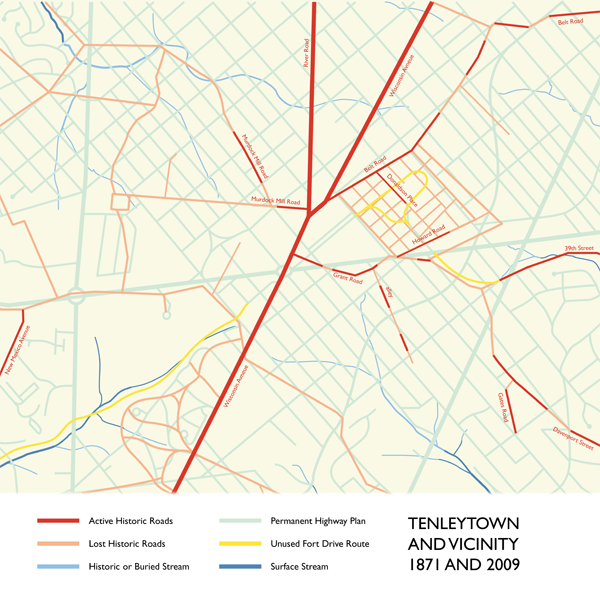In translation, the title is Смерть и жизнь больших американских городов. Literally, that means “The Death and Life of big American cities.” That, to me, loses the valorizing nuance of the word “Great,” but maybe the fancier translation of the word, “великие” has too much Stalinist baggage, or perhaps my reading of the title is wrong. Either way,they say translation is tricky.
In an interview with the Strelka Institute’s blog, the editor of Novoe Izdatelstvo provides his own example:
This issue arises first and foremost with relation to one of the central concepts of Jacobs’s book: the neighbourhood (in our book, “okrug“, or “district”). The word “neighborhood” taken literally means something like one’s personal area, an urban habitat, the borders of which are determined not by the government but by one’s own typical routes of travel, one’s everyday needs and habits, and so on. This word is difficult to translate into Russian precisely because this way of conceiving space doesn’t really exist in our cities.
For the unfamiliar, the term “okrug” is much more of a legal category, like an ANC, that reached its modern meaning during the era of hyper-centralized Soviet housing estates. One other part of the interview stood out to me, where the editor, Andrey Kurilkin remarks:
I would say that this book is like a new optical instrument that allows you to see complex processes where only yesterday you noticed nothing at all. Our intuitive conceptions of a conveniently designed city, with small streets, parks, a local butcher shop across the way, old buildings, and a convivial street life are given a logical and vigorous theoretical foundation.
Jacobs and her work have suffered from creeping hagiography, so it’s good to see the author reinforcing the intention that the book be a tool for understanding, rather than a prescriptive manual.
You can read the introduction here (PDF), and I recommend the other book mentioned in the interview, Seeing Like a State.
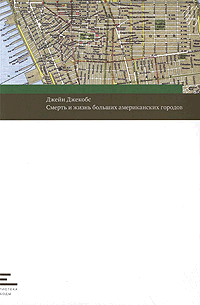
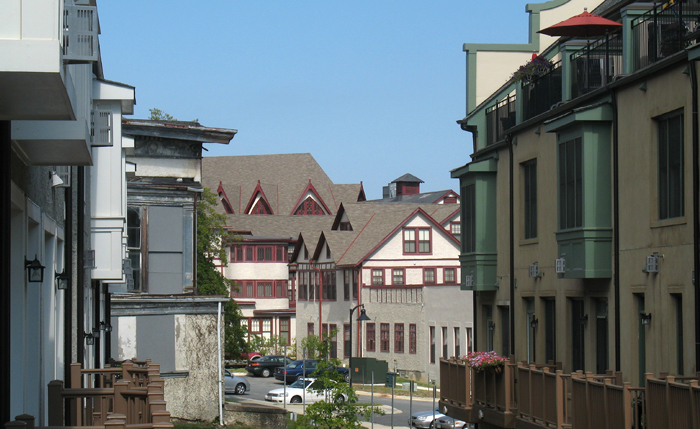
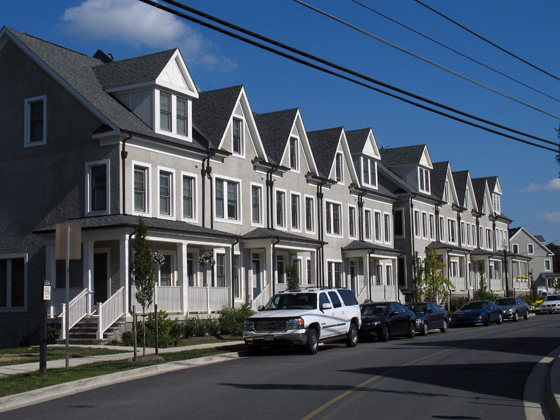
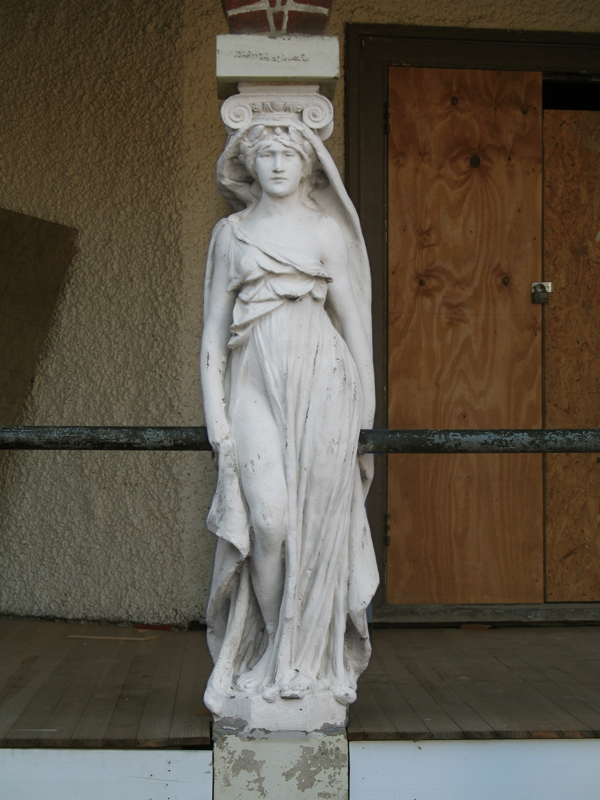
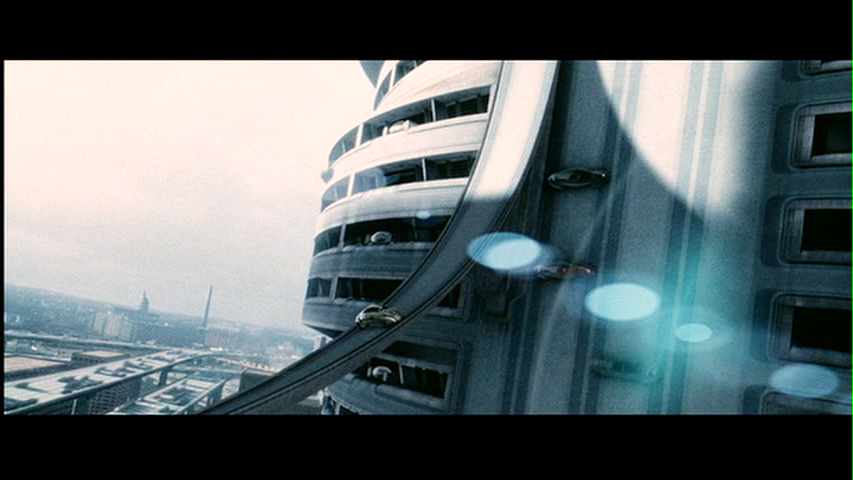
 I noticed yesterday that DC has re-signed Murdock Mill Road, down off River Road in Tenleytown. It’s a nice little reminder of history – and of natural geography – among the rationalist streets of the city plan laid down in 1897. While those straight, predictable lines make navigating the city easy, they did erase the context and history of what was Washington County. By its perseverance, this little snippet of prior use reminds residents of the pre-urban past, adding quiet character to the neighborhood.
I noticed yesterday that DC has re-signed Murdock Mill Road, down off River Road in Tenleytown. It’s a nice little reminder of history – and of natural geography – among the rationalist streets of the city plan laid down in 1897. While those straight, predictable lines make navigating the city easy, they did erase the context and history of what was Washington County. By its perseverance, this little snippet of prior use reminds residents of the pre-urban past, adding quiet character to the neighborhood.